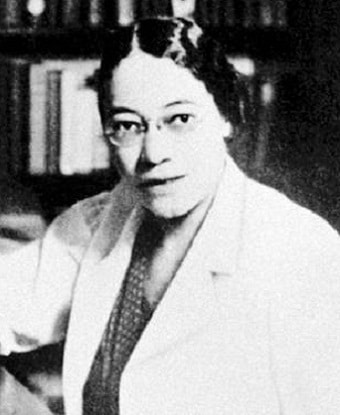From Afar, I Thought It Was a Field of Flowers. It Was Actually a Field of Plastic Bags.
That’s the sight that greeted me and my fellow Peace Corps Volunteers as our taxi turned onto the main road in Ain Cheggag, Morocco. The sight was like a punch to the gut. The bags choked everything.
“Wow,” one of my colleagues said. “Looks like we have some educating to do with the population on recycling.”
Fatimzarah, our Arabic teacher and a Moroccan National, smiled patiently. “Actually, Moroccans are not wasteful on the whole. We use everything. The problem is trash and recycling pick-up isn’t prioritized in the smaller villages. You can’t recycle if there’s nowhere to put it, and nowhere for it to go.”
I want to thank Fatimzarah because, along with the literally hundreds of other lessons she taught me, she was my introduction to the concept of Environmental Justice.
What Is Environmental Justice and What Does It Have To Do With Women’s Health?

According to the Environmental Protection Agency:
“Environmental Justice (EJ) is the fair treatment and meaningful involvement of all people regardless of race, color, national origin, or income, with respect to the development, implementation, and enforcement of environmental laws, regulations, and policies.”
The EPA asserts that the above goal will be achieved only when everyone enjoys:
- The same degree of protection from environmental and health hazards.
- Equal access to the decision-making process to have a healthy environment in which to live, learn, and work.
The NWHN supports the EJ movement because women, especially BIPOC women, are disproportionately affected by the problems caused by poor stewardship of the environment.
Environmental problems like deforestation, pollution, and the proliferation of toxic chemicals in our consumer goods mean heightened risks for pregnant and nursing mothers.
They create a harsher living and working environment for a group that bears the brunt of household labor and has less access to socio-political seats of power.
They mean fewer economic opportunities for a group that still, in 2022, earns as little as 57 cents for every dollar earned by a man.
To put it simply – the personal is political, and so is the environmental.
4 Examples of Environmental Justice Issues Playing Out Right Now Across the Country
Environmental Justice issues aren’t born in the Halls of Congress or between the lines of lofty white papers written by government agencies. Instead, EJ issues emerge right outside our doorsteps and affect the communities we live and work in every day. Here are just a few examples:
In Eastern NC, a long-held meat industry stronghold, hogs outnumber people by as much as 35 to 1. And for many Black, Latinx, and Indigenous residents who live near the state’s giant pig farms, the pig waste that permeates their air causes a host of health problems such as nausea, anxiety, and breathing problems. Read the linked article to learn about the fight for EJ in North Carolina hog country and how the current state of affairs is rooted in structural racism.
Redlining in this context refers to the discriminatory practice of denying services (typically financial services like home loans) to residents of certain areas based on their race, ethnicity, or income. Fair housing laws passed in the 1960s officially “ended” redlining, but the long-term effects of these pernicious policies continue to show up within the historically redlined neighborhoods of New York City. A once-redlined neighborhood in Brooklyn, for example, has some of the highest rates of nitrogen dioxide – a toxic byproduct found in car exhaust – in the city, according to new findings by the University of California, Berkeley.
The city of New Orleans built 67 homes on a former garbage dump in the late 1970s without disclosing this to the predominantly Black first-time home buyers who were encouraged to move there. Later, the EPA discovered 149 toxic contaminants in the surrounding soil, 49 of which are linked to cancer. Residents are still fighting for their right to live in a safe, clean environment as government and private industry officials exploit esoteric loopholes in the law.
Michigan lawmakers are considering legislation that could make it easier for industrial facilities to chemically transform plastics into reusable raw material, a process touted as environmentally friendly by the chemical industry. However, recycling advocates are pushing back, concerned that the proposed changes to regulation may have hidden or unintended public health and environmental costs.
How Can You Help Achieve Environmental Justice for All?
 If there’s one thing the stories above highlight, it’s that ordinary people are not powerless in the face of Environmental Injustice. Here are a few ways you can help make the Earth safer, healthier, and more habitable:
If there’s one thing the stories above highlight, it’s that ordinary people are not powerless in the face of Environmental Injustice. Here are a few ways you can help make the Earth safer, healthier, and more habitable:
In less than 5 minutes of online browsing, you can discover EJ issues in your community.
The Environmental Protection Agency (EPA)’s website keeps a country-wide map up-to-date with EJ issues by region. In just a few minutes of browsing it, I discovered that my home region (Region 2) is currently working on engaging community partners to make equitable and EJ-friendly use of the many vacant lots that plague New York and New Jersey. I also found the contact information for my regional coordinator, who will soon connect me to local groups on the ground doing EJ work.
Prioritize listening to those most impacted by Environmental Injustice.
Even amongst major environmental groups and non-profits, the leadership often trends white, middle-class, and environmentally privileged (however well-intentioned). The NWHN suggests actively seeking out the voices and proposed solutions of the people most impacted by EJ issues – usually Black, Indigenous, Latinx, and other people of color, as well as persons living in poverty and with disabilities. It’s also valuable to ask EJ leadership in your area how they are centering these voices in their work.
Become a member of the NWHN and fight against toxins in personal care products nationwide.
Did you know that, thanks to lax regulations, toxic ingredients like mercury and asbestos can still be found in some of the personal care products we use every day? What’s worse, studies have found products marketed to Black women (for example, hair relaxers) to be among the most toxic, with clear links to health problems like fibroids, cancer, early puberty, and birth defects. For four years, the NWHN has pushed the Food and Drug Administration (FDA) to strengthen regulations and include the strongest possible safeguards to protect women’s health. By becoming a member today, you can help make efforts like this happen.
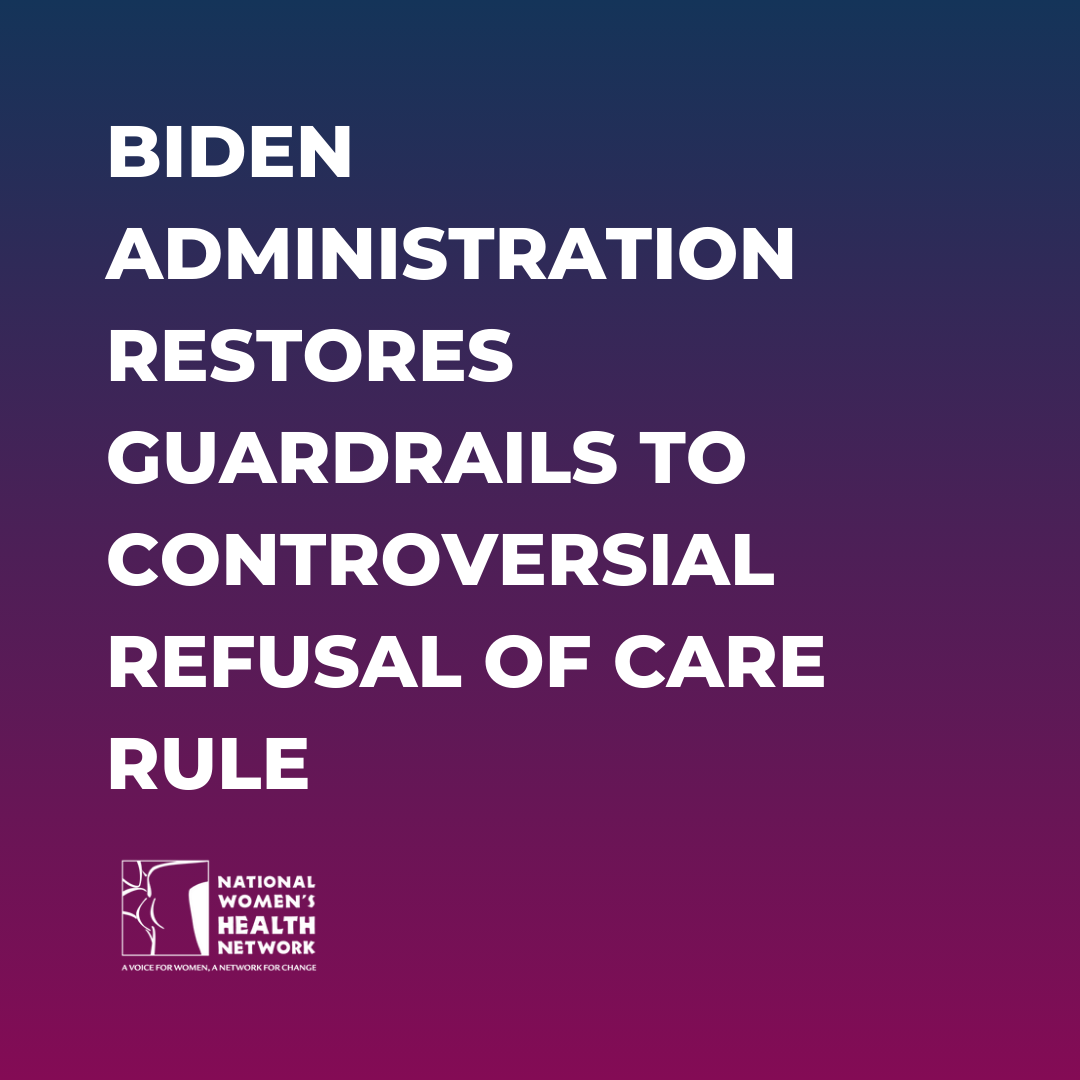




 Black North Carolinians are paying the price for the world’s cheap bacon.
Black North Carolinians are paying the price for the world’s cheap bacon.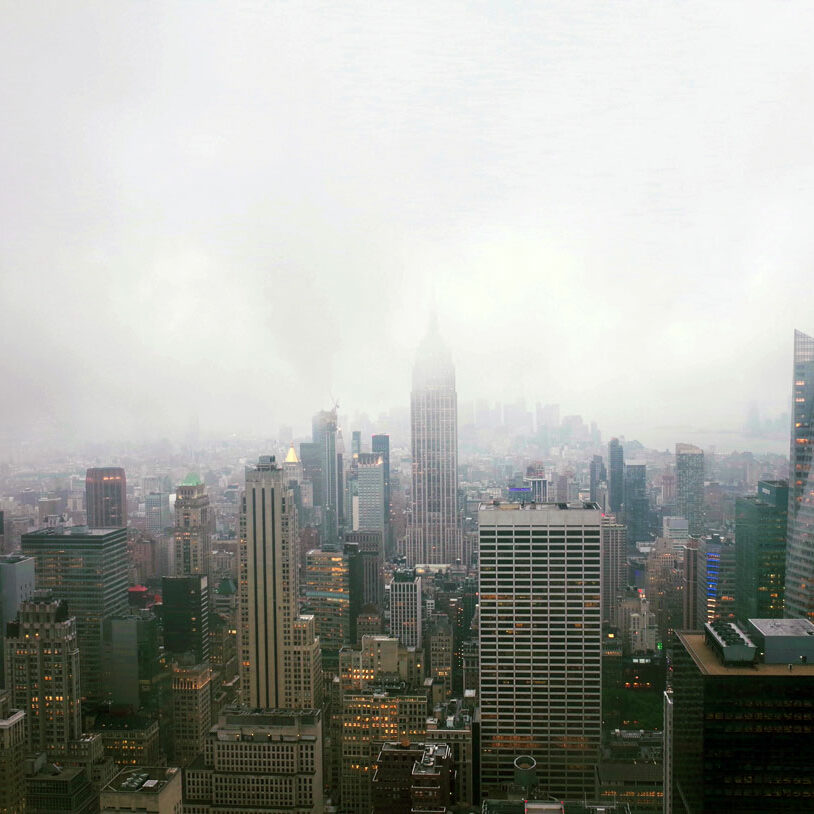 Air pollution is still rampant in New York City – especially in poor, Black, and immigrant districts historically “redlined” by officials.
Air pollution is still rampant in New York City – especially in poor, Black, and immigrant districts historically “redlined” by officials.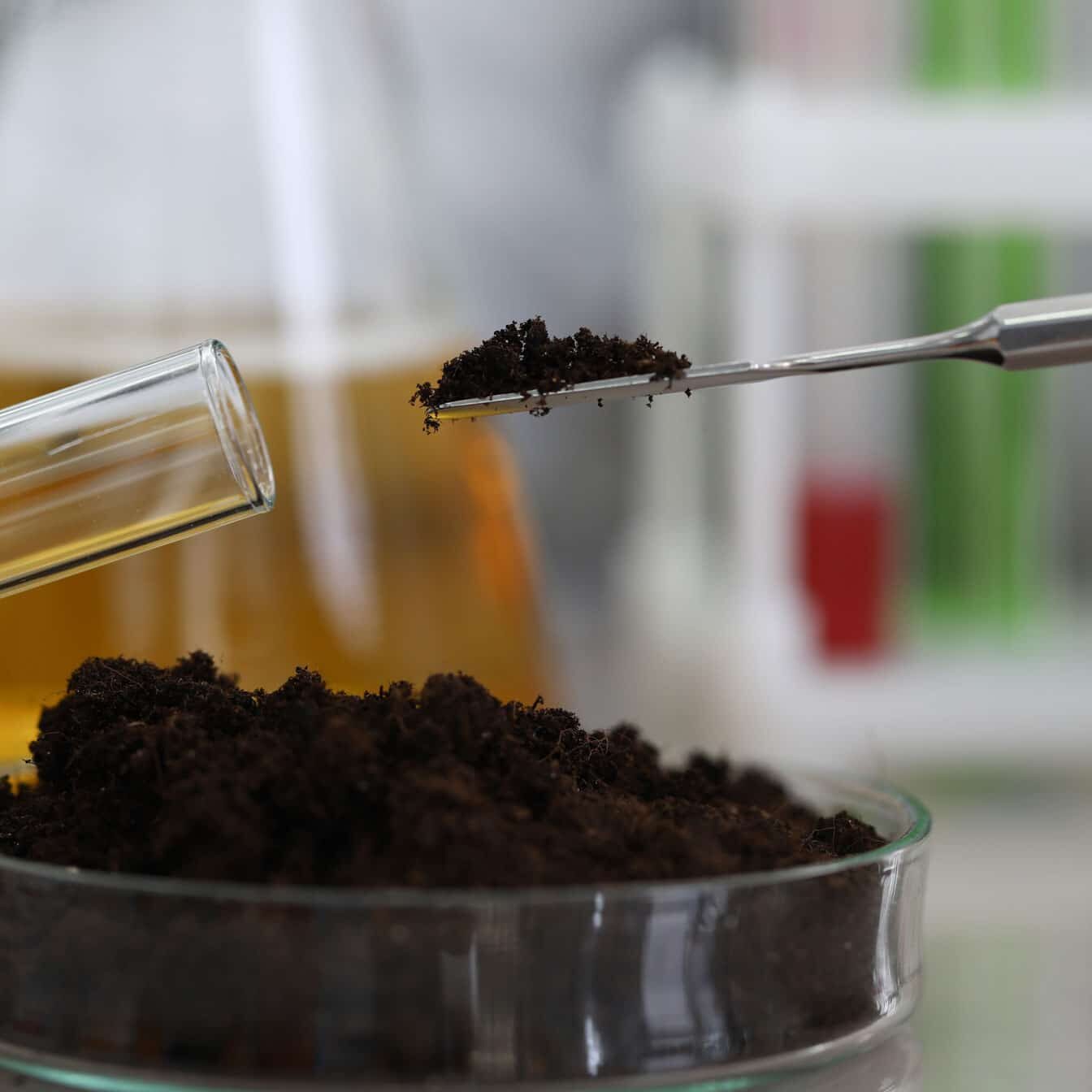 Gordon Plaza was sold as a dream for Black home buyers. In reality, it was a toxic nightmare.
Gordon Plaza was sold as a dream for Black home buyers. In reality, it was a toxic nightmare.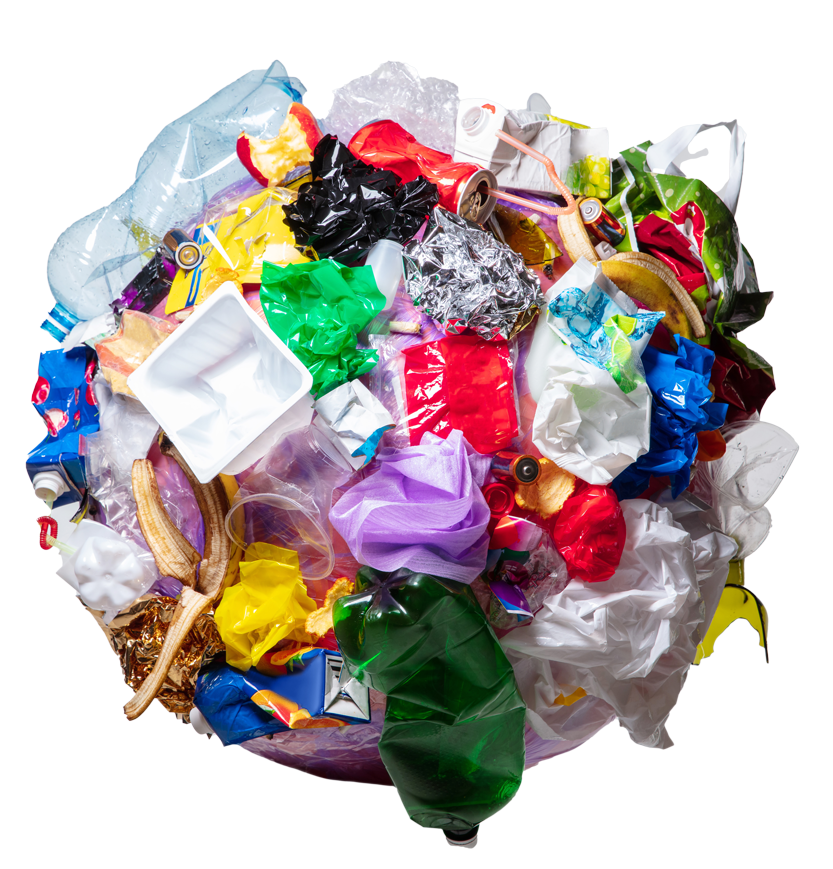 Chemical industry pitches dubious ‘advanced recycling’ project to Michigan lawmakers.
Chemical industry pitches dubious ‘advanced recycling’ project to Michigan lawmakers. If there’s one thing the stories above highlight, it’s that ordinary people are not powerless in the face of Environmental Injustice. Here are a few ways you can help make the Earth safer, healthier, and more habitable:
If there’s one thing the stories above highlight, it’s that ordinary people are not powerless in the face of Environmental Injustice. Here are a few ways you can help make the Earth safer, healthier, and more habitable:


